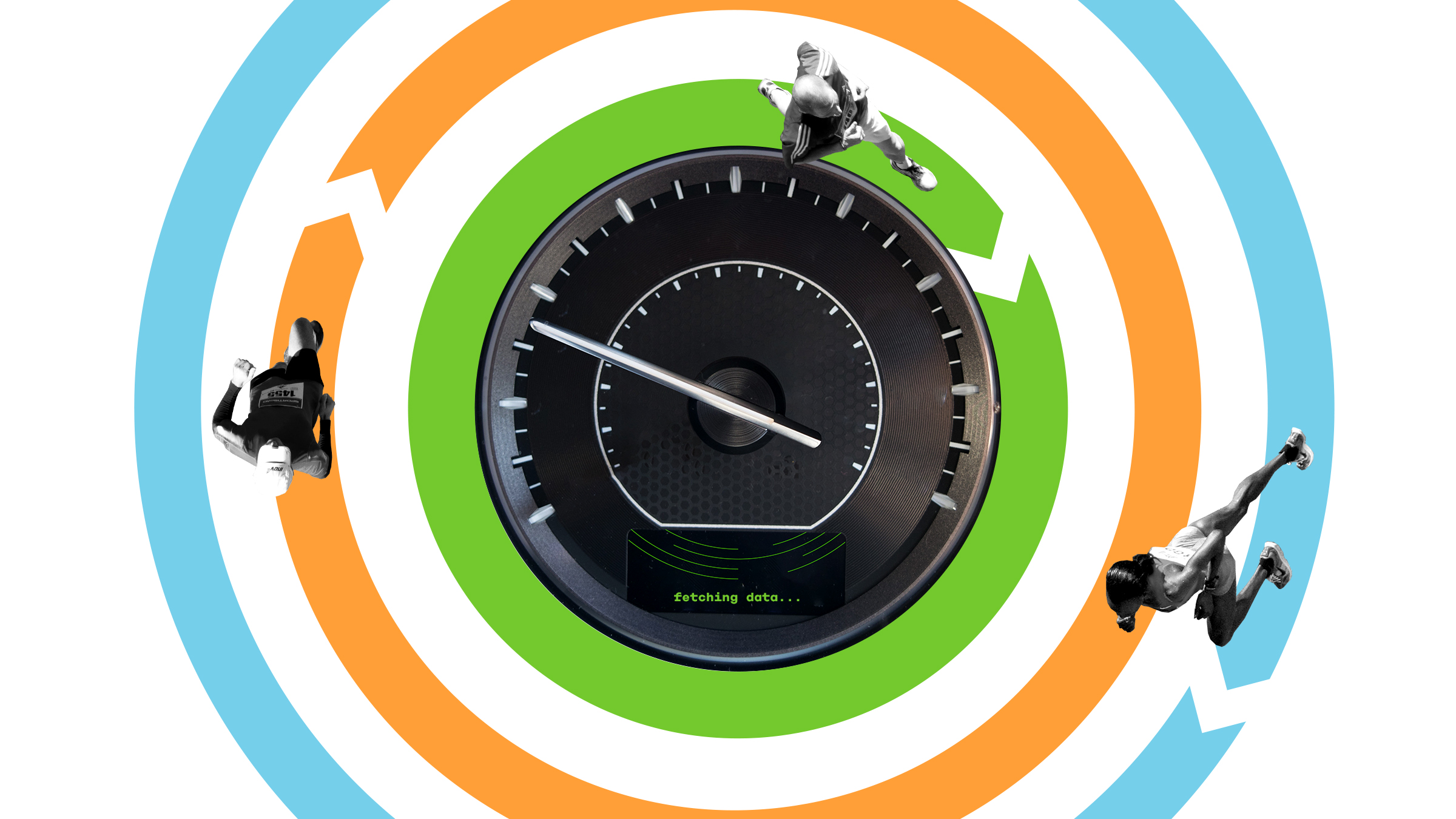The COVID-19 crisis has prompted companies to reflect on how to develop their operations to make them more sustainable and adaptable to unpredictable events.
The circular economy The circular economy An economic model which does not focus on producing more and more goods, but in which consumption is based on using services – sharing, renting and recycling – instead of owning. Materials are not destroyed in the end, but are used to make new products over and over again. Open term page The circular economy plays a key role in a sustainable economic recovery as its business models can be used to shorten production chains, extend the life cycle of products, reduce the amount of waste and create sustainable economic growth and jobs.
The circular economy is the business of the future and we should invest in circular innovations now.
But how do you know whether a company complies with circular economy principles? How do you create a situational picture and draw up a plan for the transition to circular economy business models or for the development of such models?
We are introducing three proven tools for measuring and developing a company’s circular economy performance.
Measure circularity at the level of a company, business activity or product group
The Circular Transition Indicators (CTI) Tool published this year by the World Business Council for Sustainable Development (WBCSD) has been developed in co-operation with 26 multinational companies and a select group of circular economy experts. Sitra was also involved in its development.
The CTI Tool contains two parts: a guiding framework and an online self-assessment tool.
With the tool, companies can assess circularity at the level of the entire company, a certain business activity or a product group.
In particular, the tool looks at in which processes (such as product design, supply chain or recovery of raw material) or materials circularity is already present. It also reveals where the company still has room for improvement. In addition, the tool helps to understand the company’s material consumption and its relationship with successful business more widely.
As the tool focuses specifically on the processes and material flows of the selected company or business activity, it does not as such provide information on the company’s wider climate, environmental or social impacts. On the other hand, an understanding of the company’s own material flows and processes also supports the assessment of the wider impacts.
Companies can use the CTI Tool free of charge and the material can be downloaded from the WBCSD website. The tool is subject to constant development and an updated version is published once a year.
Circulytics takes advantage of several indicators
Circulytics is a circular economy measurement tool launched by the Ellen MacArthur Foundation to support companies in the transition to a circular economy.
With the tool, companies can identify what aspects of their operation enable circularity and what results the company can achieve by transitioning to a circular economy.
The principles behind the tool are the interconnected objectives of the circular economy: designing out waste, enhancing the circulation of materials and products, and promoting the use of renewable natural resources.
The tool supports companies in making the decision to adopt the circular economy in their business activities. It highlights focus areas for the development of business activities based on circularity, increases the transparency of circular activities and enables the measurement of the company’s entire circularity.
The tool can be applied by companies regardless of whether they focus on material production or immaterial production (e.g. service providers).
The Circulytics tool uses both qualitative and quantitative data. Its indicators measure the factors enabling the transition to a circular economy and the consequences of current activities.
By assessing the factors enabling circularity, companies can identify their future business opportunities in the circular economy. The indicators measuring the consequences of current activities, on the other hand, describe the material flows of companies and to what extent their current operation is in line with the principles of the circular economy. Based on the information submitted by the company, the tool calculates a value that describes the level of circularity achieved by the company.
Companies can use Circulytics free of charge and a firm’s circularity can be measured by registering and filling in the company’s details on the Ellen MacArthur Foundation website. The tool is undergoing further development and the Circulytics 2.0 version will be released in October 2020.
Practical circular economy playbook for ambitious companies
The transition to a new kind of economic model in which materials and value are not wasted requires companies to look at their entire business operation with a new mindset.
The Circular Economy Playbook drawn up by Sitra, Technology Industries of Finland and Accenture paves the way to a circular economy for companies in the manufacturing industry. A similar playbook was drawn up for companies in the chemical industry in spring 2020.
The playbooks present five circular economy business models and highlight several companies that serve as examples to others on how to approach a carbon-neutral circular economy.
The business models discussed in the playbooks are:
- Sharing platforms: taking advantage of sharing platforms in usage, access or ownership (e.g. renting out or swapping machines and goods that are underused).
- Circular supply chains: use of recyclable materials and renewable energy and solutions based on resource-efficient cycles.
- Product as a service: providing services instead of products.
- Product life extension: extending the life cycle of the product through anticipatory maintenance, resale and remanufacture.
- Recovery and recycling: recovery and reuse of products and raw materials that have reached the end of their useful life.
With these playbooks, companies can assess their own activities and obtain practical help to create new business models.


















Recommended
Have some more.